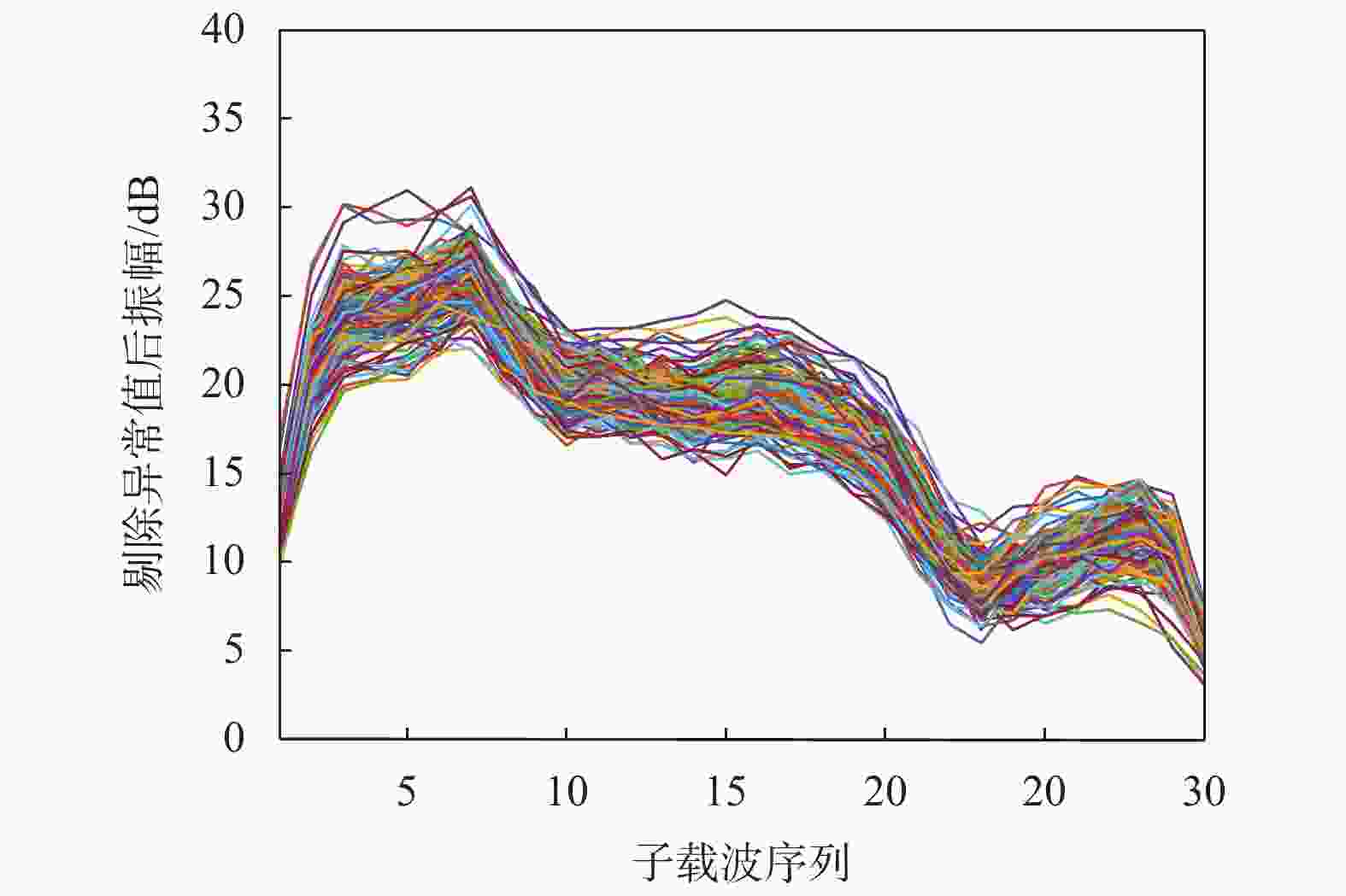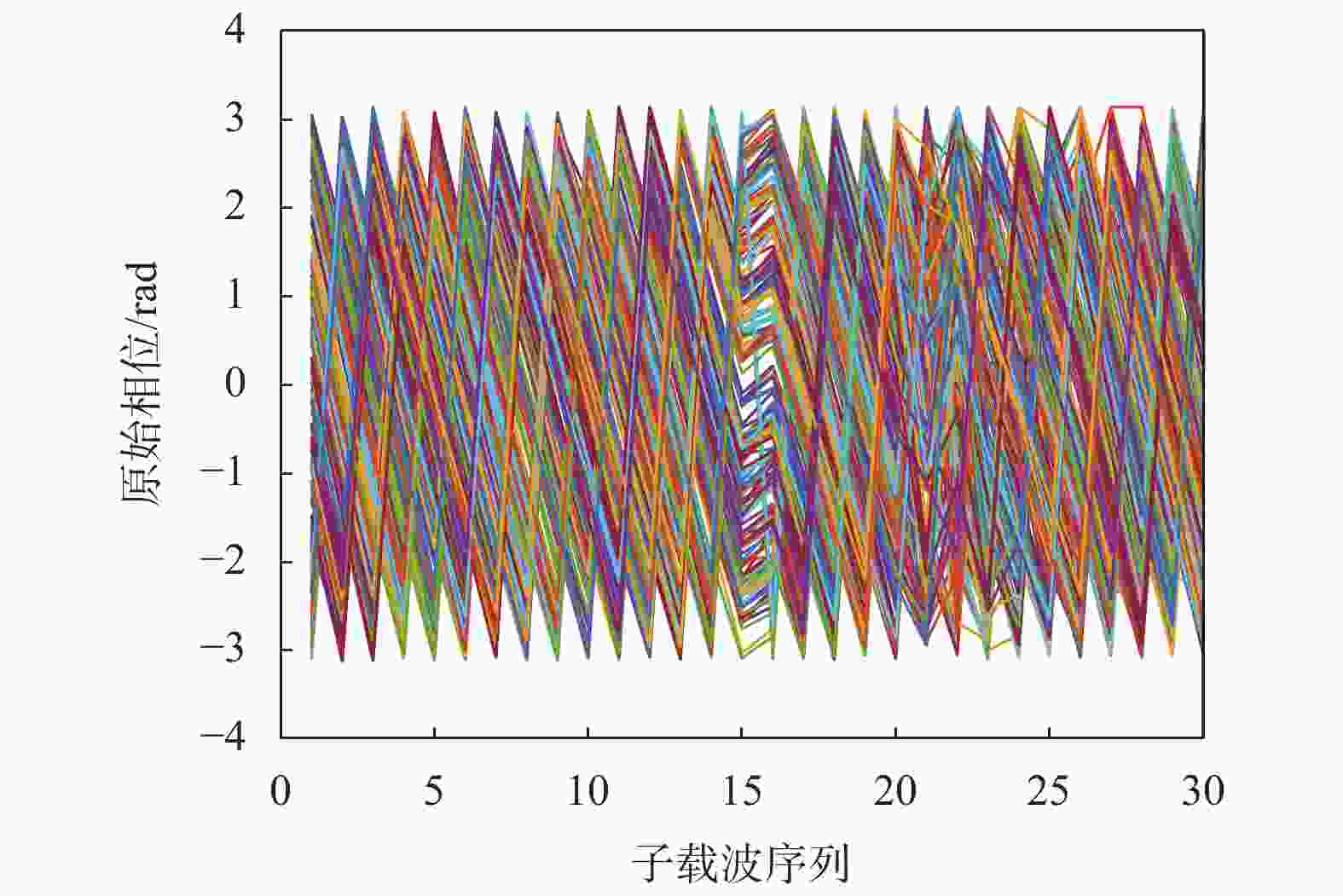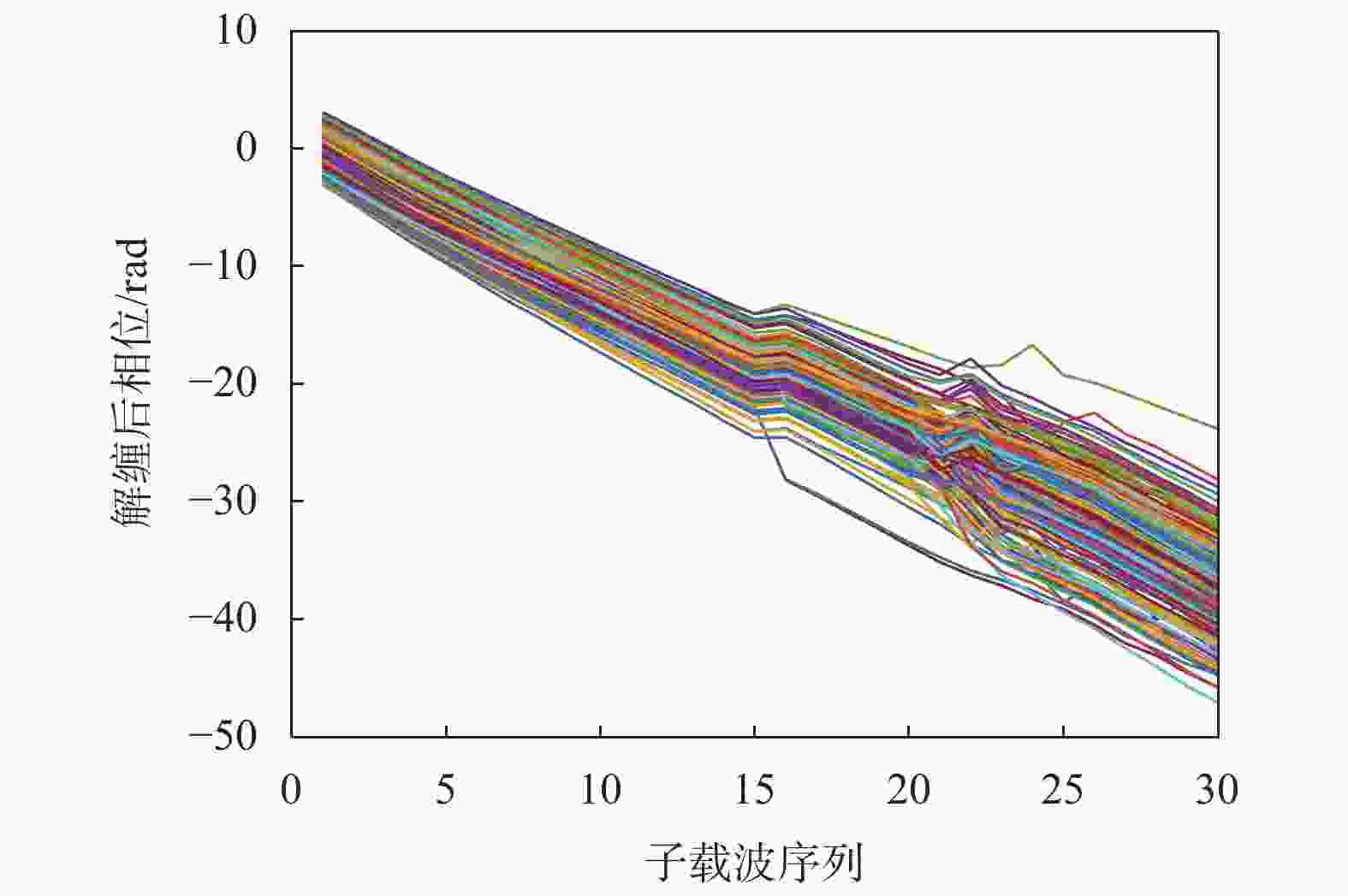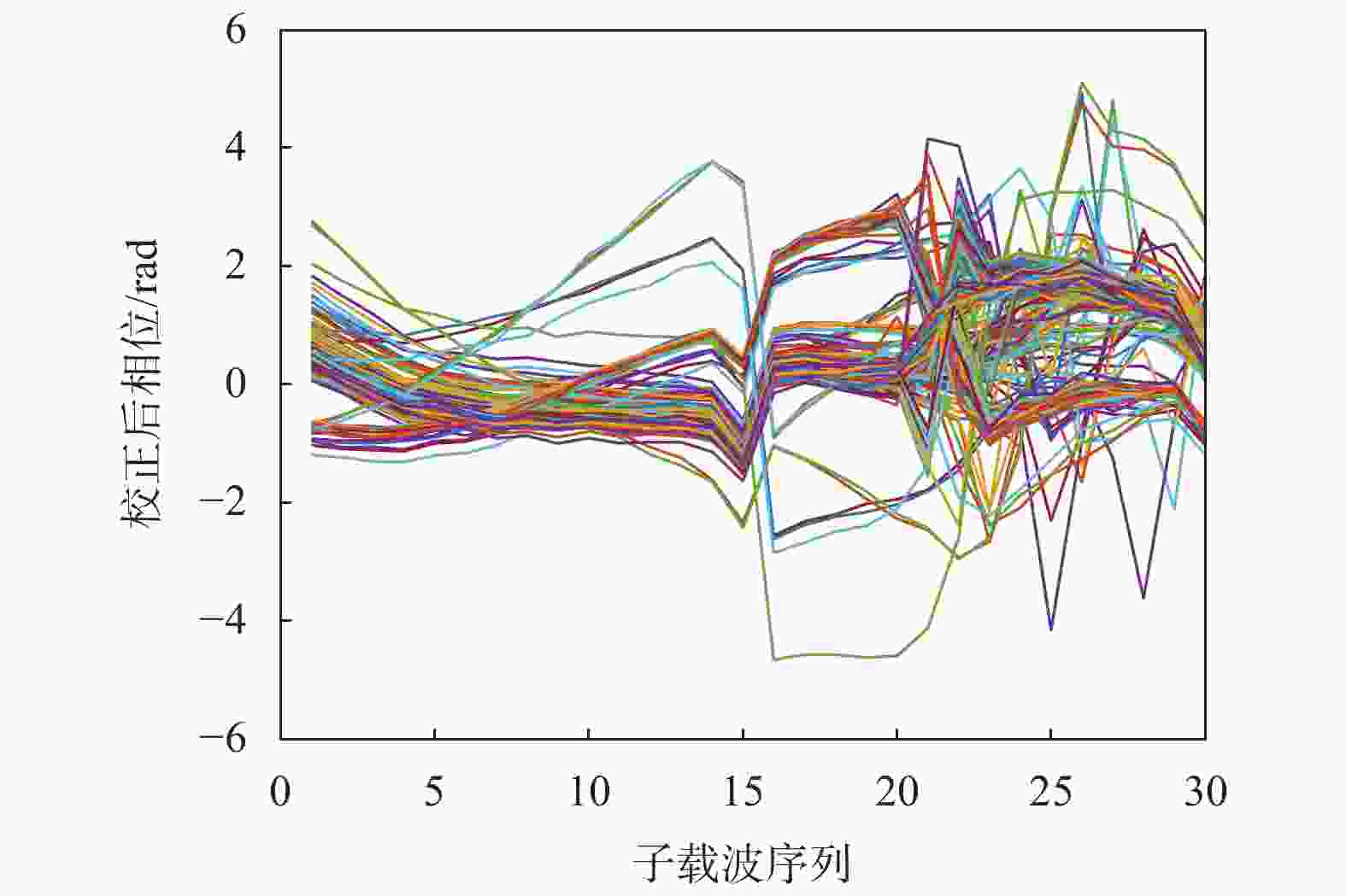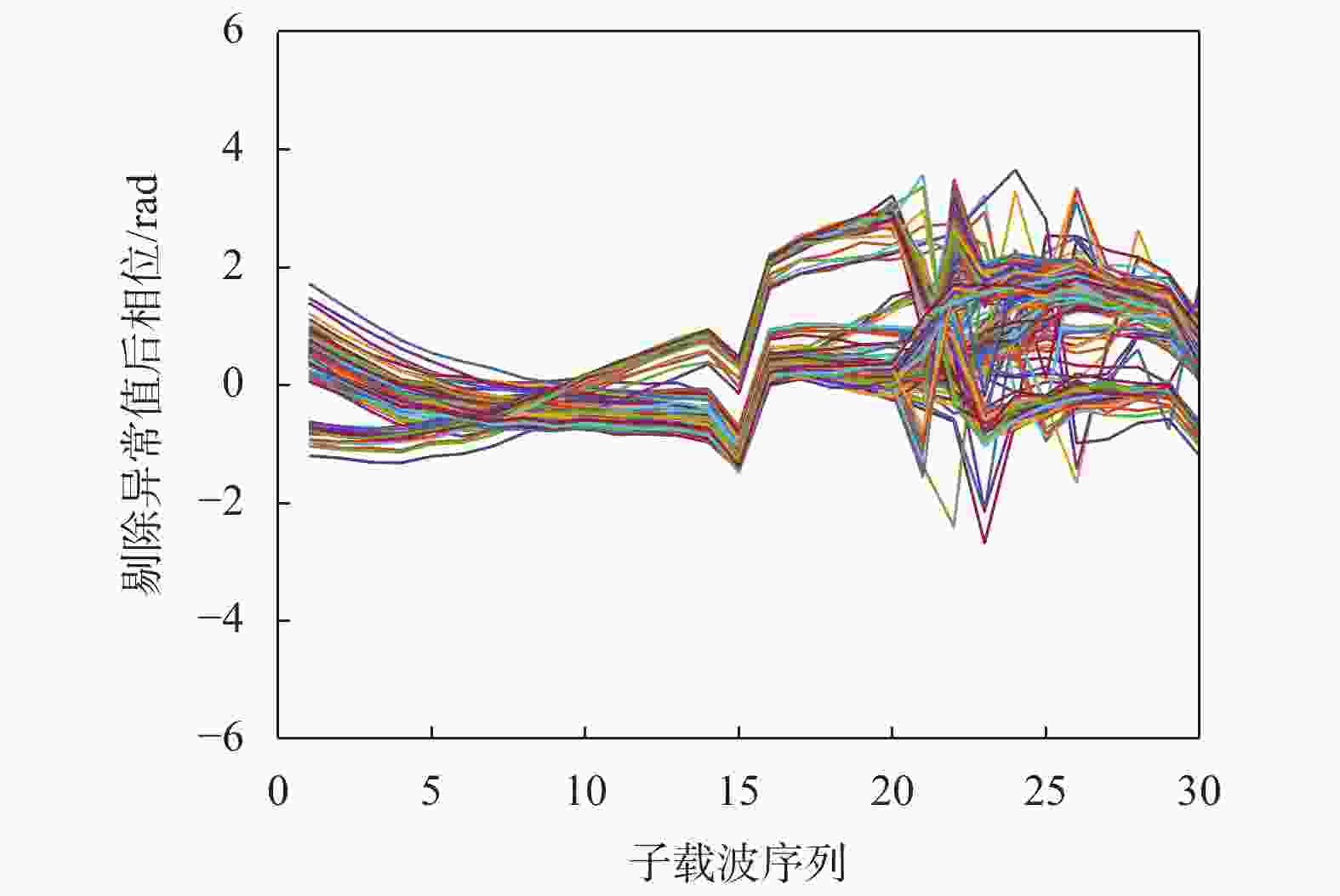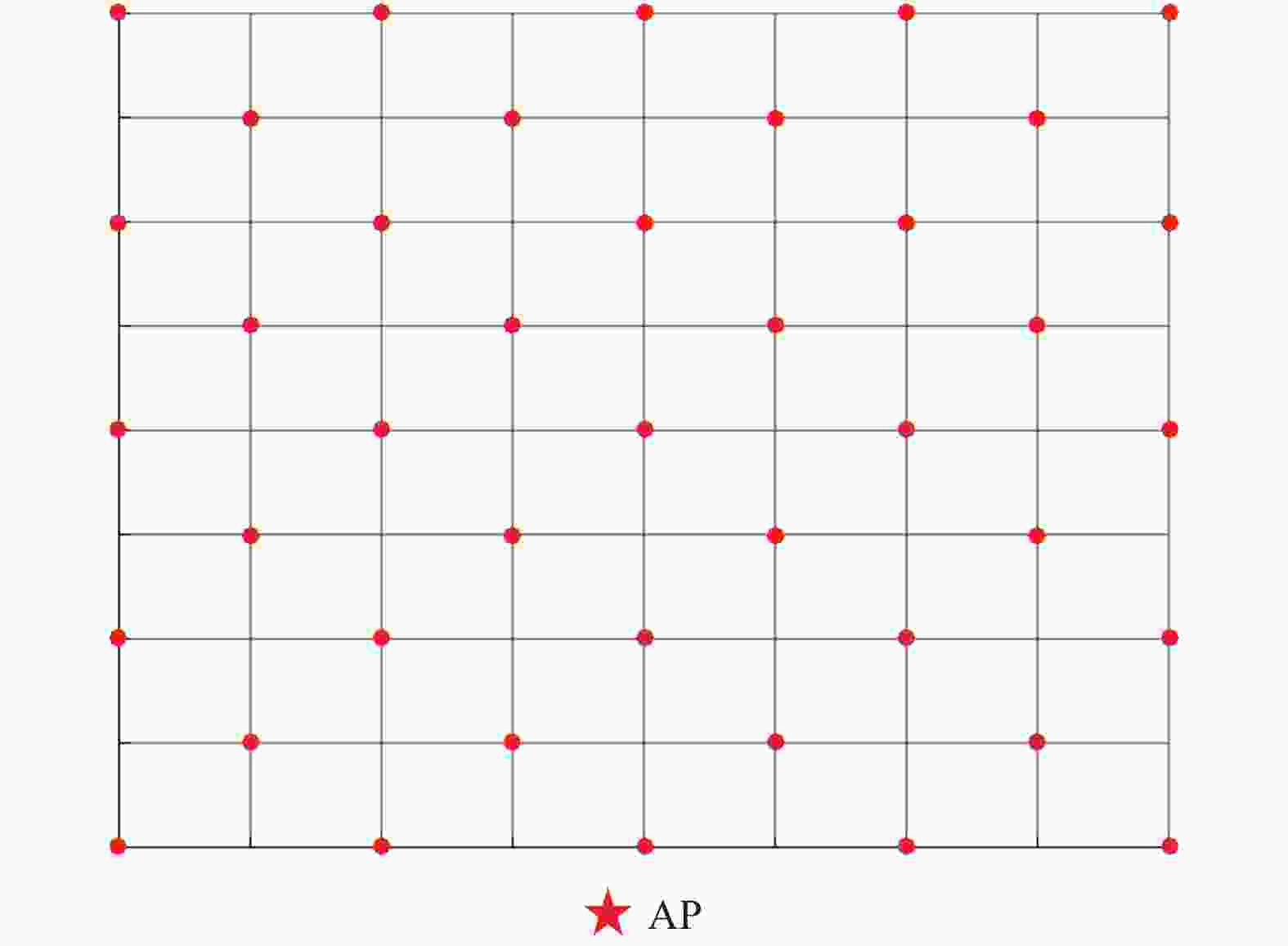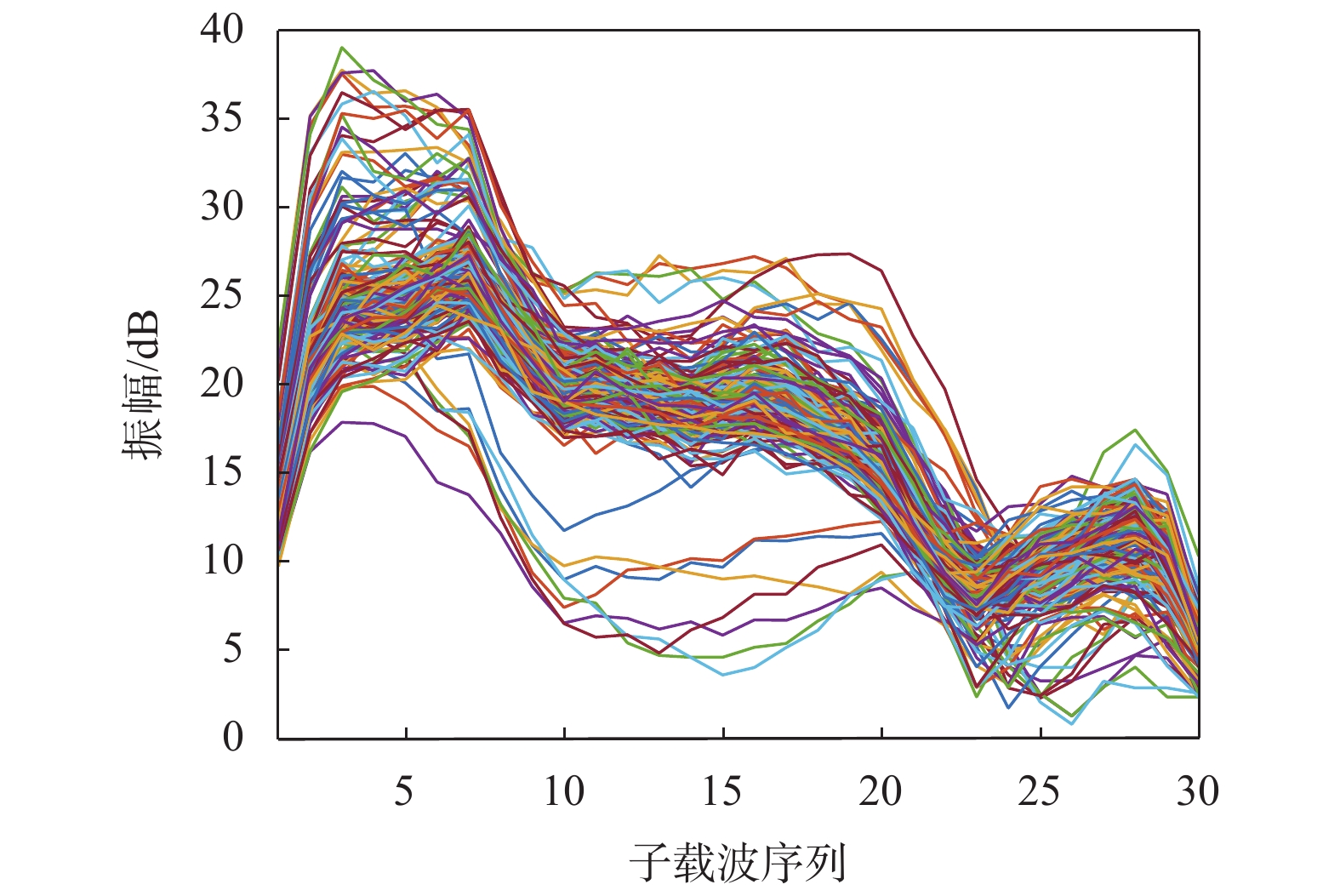Fingerprint positioning method of CSI based on PCA-SMO
-
摘要: Wi-Fi信道状态信息(CSI)中包含丰富的特征信息,使得基于CSI的指纹定位方法可以构建更高维度的特征以改善定位精度,但指纹特征中的冗余信息也导致构建的指纹库存储量大、建立定位模型的时间开销变大以及实时定位计算量大等问题. 对此,提出使用主成分分析(PCA)的方法对原始指纹特征进行降维,而后利用序列最小最优化算法(SMO)建立降维后特征与对应位置的回归模型并进行位置预测. 实验结果表明,此算法在有效克服上述问题的同时,平均定位误差为1.25 m,定位误差在2 m之内的累计概率可以达到97%.
-
关键词:
- 主成分分析(PCA) /
- 序列最小最优化算法(SMO) /
- 信道状态信息(CSI) /
- 指纹定位
Abstract: Wi-Fi channel state information (CSI) contains rich feature information, which enables CSI based fingerprint positioning methods to build higher-dimensional features to improve positioning accuracy. However, the redundant information in the fingerprint features also makes the built-up fingerprint database large in storage, and increasing of the time cost of establishing the positioning model becomes large, and the real-time positioning calculation. In this regard, this paper proposes to use principal component analysis (PCA) method to reduce the dimensionality of the original fingerprint features, and then use the sequential minimal optimization (SMO) algorithm to establish the regression model of the reduced feature and the corresponding position and predict the position. The experimental results show that the algorithm in this paper can effectively overcome the above problems, while the average positioning error is 1.25 m, and the cumulative probability of positioning error within 2 m can reach 97%.-
Key words:
- PCA /
- SMO /
- CSI /
- fingerprint positioning
-
表 1 PCA变换伪代码
方法 PCA变换伪代码 1 输入:原始数据${{\mathit{\boldsymbol{D}}} } = [ { { {{\mathit{\boldsymbol{X}}} }_1} },\;{ { {{\mathit{\boldsymbol{X}}} }_2} },\; \cdots ,\;{ { {{\mathit{\boldsymbol{X}}} }_n} } ]$,保留的主成分维数d 2 输出:投影矩阵${{\mathit{\boldsymbol{P}}}}$ 3 ${{\mathit{\boldsymbol{D}}}}$去均值化:${ {{\mathit{\boldsymbol{X}}} }_i} = { {{\mathit{\boldsymbol{X}}} }_i} - \dfrac{1}{n}\displaystyle\sum\limits_{j = 1}^n { { {{\mathit{\boldsymbol{X}}} }_j} }$ 4 计算${{\mathit{\boldsymbol{D}}}}$的协方差矩阵:${{\mathit{\boldsymbol{M}}}} = {{\mathit{\boldsymbol{D}}}}{{{\mathit{\boldsymbol{D}}}}^{\rm{T}}}/n$ 5 对${{\mathit{\boldsymbol{M}}}}$做特征值分解:记特征值为$\lambda $,对应特征向量为${{\mathit{\boldsymbol{V}}}}$ 6 取最大的d个特征值对应的特征向量,即${{\mathit{\boldsymbol{P}}} } = [ { { {{\mathit{\boldsymbol{V}}} }_1} },\;{ { {{\mathit{\boldsymbol{V}}} }_2} },\; \cdots ,\;{ { {{\mathit{\boldsymbol{V}}} }_d} } ]$ 表 2 几种定位算法的定位误差统计
m 定位算法 最小误差 最大误差 平均误差 PCA-SMO 0.52 2.10 1.25 KNN 0.36 2.50 1.52 WKNN 0.46 2.58 1.60 FIFS 0.36 2.64 1.56 CSI-MIMO 0.44 2.28 1.57 -
[1] 陈锐志, 陈亮. 基于智能手机的室内定位技术的发展现状和挑战[J]. 测绘学报, 2017, 46(10): 1316-1326. DOI: 10.11947/j.AGCS.2017.20170383 [2] DAVIDSON P, PICHÉ A. survey of selected indoor positioning methods for smartphones[J]. IEEE communications surveys and tutorials, 2017, 19(2): 1347-1370. DOI: 10.1109/COMST.2016.2637663. [3] ZHANG R, BANNOURA A, HÖFLINGER F, et al. Indoor localization using a smart phone[C]//2013 IEEE Sensors Applications Symposium Proceedings. DOI: 10.1109/SAS.2013.6493553. [4] 李清泉, 周宝定, 马威, 等. GIS辅助的室内定位技术研究进展[J]. 测绘学报, 2019, 48(12): 1498-1506. [5] ZHANG M, SHEN W B, ZHU J H. WIFI and magnetic fingerprint positioning algorithm based on KDA-KNN[C]//2016 Chinese Control and Decision Conference (CCDC). DOI: 10.1109/CCDC.2016.7531964. [6] JEDARI E, WU Z, RASHIDZADEH R, et al. Wi-Fi based indoor location positioning employing random forest classifier[C]//2015 International Conference on Indoor Positioning and Indoor Navigation (IPIN). DOI: 10.1109/IPIN.2015.7346754. [7] KIM Y, SHIN H, CHON Y, et al. Smartphone-based Wi-Fi tracking system exploiting the RSS peak to overcome the RSS variance problem[J]. Pervasive and mobile computing, 2013, 9(3): 406-420. DOI: 10.1016/j.pmcj.2012.12.003. [8] SEN S, RADUNOVIĆ B, CHOUDHURY R R, et al. You are facing the Mona Lisa: spot localization using PHY layer information[C]//In MobiSys'12-Proceedings of the 10th International Conference on Mobile Systems, Applications, and Services, 2012: 183-196. DOI: 10.1145/2307636.2307654. [9] HOEFEL R P F. IEEE 802.11n: on the performance of channel estimation schemes over OFDM MIMO spatially correlated frequency selective fading TGn channels[C]//XXX Simpósio Brasileiro De Telecomuniçães-Sbrt12, 13-16 De Setembro De 2012, Braslia, Df, Brazil. DOI: 10.14209/sbrt.2012.12. [10] HAN S, LI Y, MENG W X, et al. Indoor localization with a single Wi-Fi access point based on OFDM-MIMO[J]. IEEE systems journal, 2018, 13(1): 964-972. DOI: 10.1109/JSYST.2018.2823358. [11] 鄢明. 基于CSI指纹信息的室内定位技术研究[D]. 南京: 南京大学, 2017. [12] WU K S, XIAO J, YI Y W, et al. FILA: fine-grained indoor localization[C]//2012 Proceedings IEEE INFOCOM, DOI: 10.1109/INFCOM.2012.6195606. [13] HUANG X D, GUO S J, WU Y, et al. A fine-grained indoor fingerprinting localization based on magnetic field strength and channel state information[J]. Pervasive and mobile computing, 2017(41): 150-165. DOI: 10.1016/j.pmcj.2017.08.003. [14] WANG X Y, GAO L J, MAO S W, et al. DeepFi: Deep learning for indoor fingerprinting using channel state information[C]//2015 IEEE Wireless Communications and Networking Conference (WCNC). DOI: 10.1109/WCNC.2015.7127718. [15] 陈锐志, 叶锋. 基于Wi-Fi信道状态信息的室内定位技术现状综述[J]. 武汉大学学报(信息科学版), 2018, 43(12): 2064-2070. [16] 王威. PDR+CSI指纹室内定位技术研究[D]. 武汉: 武汉大学, 2019. [17] 刘兆岩, 陈立伟, 黄璐. 基于CSI相位矫正的室内指纹定位技术研究[J]. 无线电工程, 2020(2): 102-107. DOI: 10.3969/j.issn.1003-3106.2020.02.004 [18] 周志华. 机器学习[M]. 北京: 清华大学出版社, 2016. [19] HALPERIN D C, HU W J, SHETH A, et al. Tool release: gathering 802.11n traces with channel state information[J]. ACM SIGCOMM computer communication review, 2011, 41(1): 53. DOI: 10.1145/1925861.1925870. [20] XIAO J, WU K S, YI Y W, et al. FIFS: fine-grained indoor fingerprinting system[C]//Computer Communications and Networks, 2012. DOI: 10.1109/ICCCN.2012.6289200. [21] CHAPRE Y, IGNJATOVIĆ A, SENEVIRATNE A, et al. CSI-MIMO: indoor Wi-Fi fingerprinting system[C]//2014 IEEE 39th Conference on Local Computer Networks, IEEE, 2014: 202-209. DOI: 10.1109/LCN.2014.6925773. -




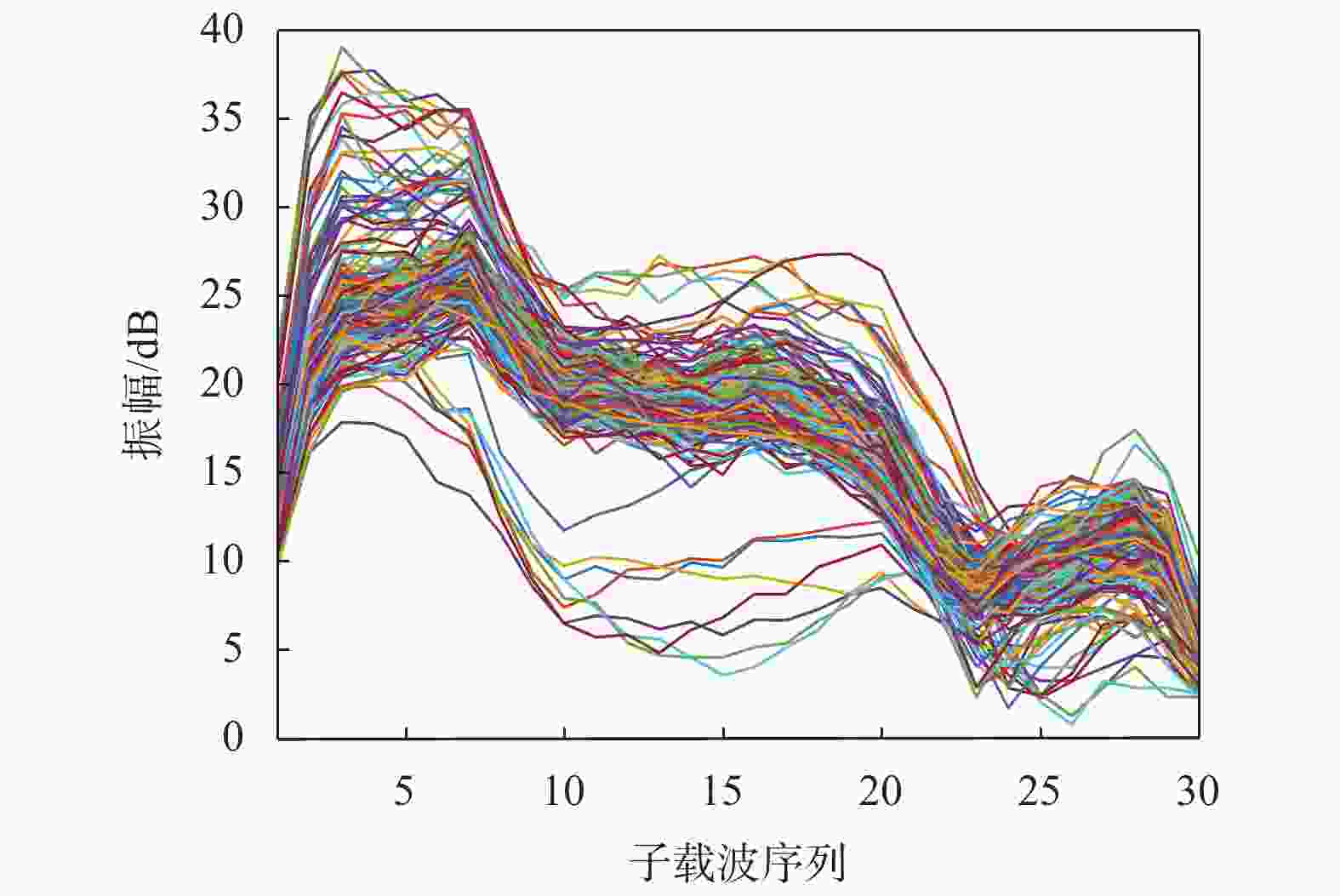
 下载:
下载:
